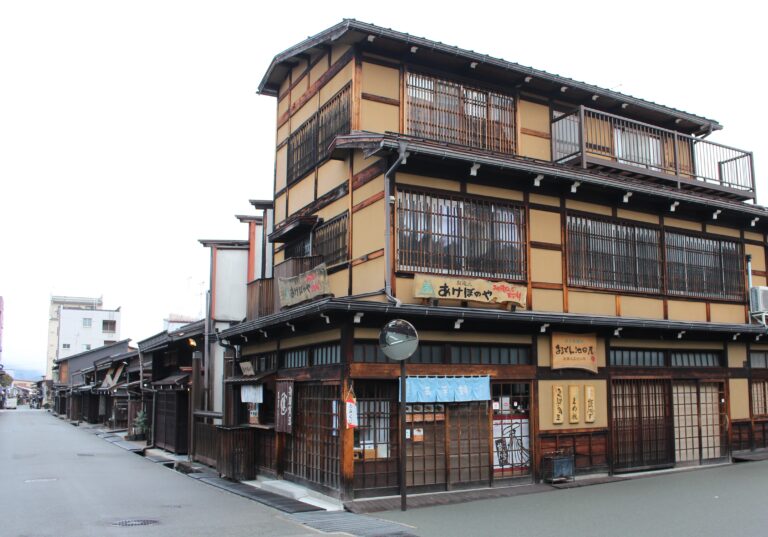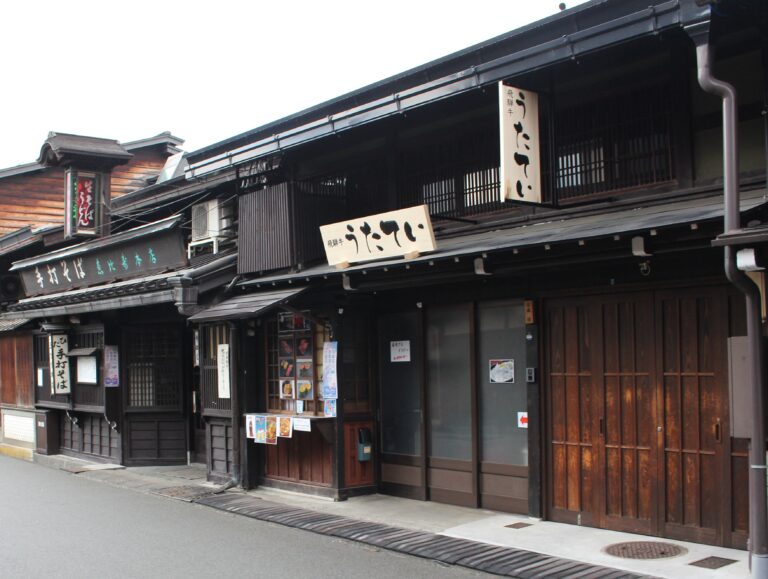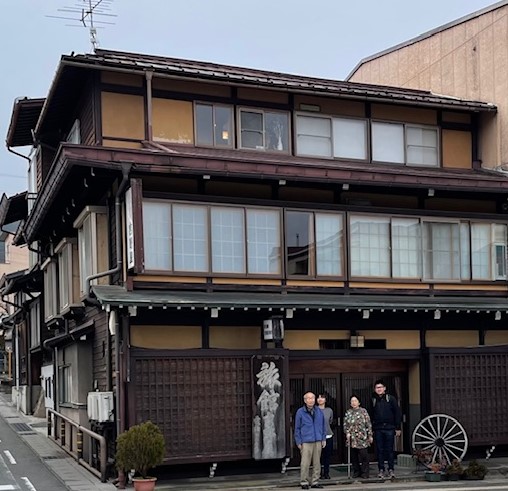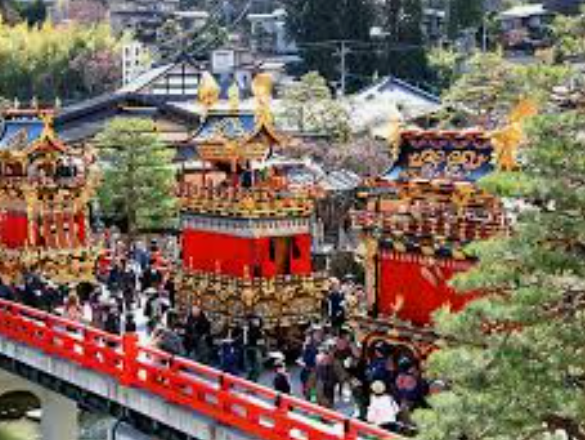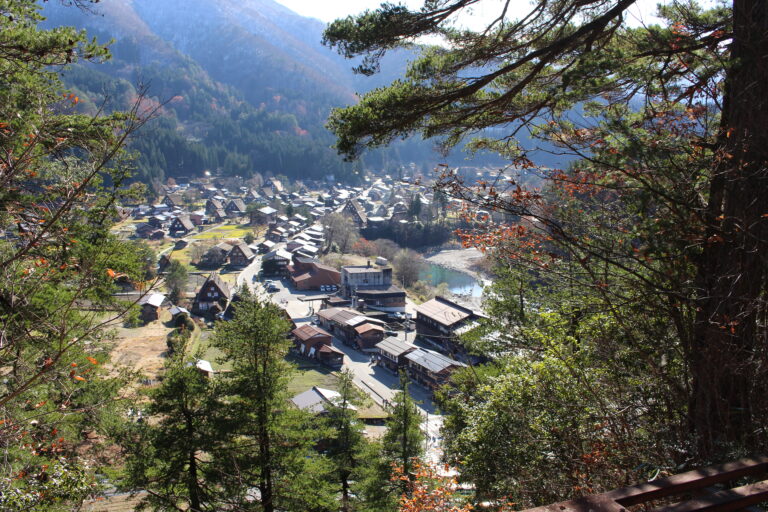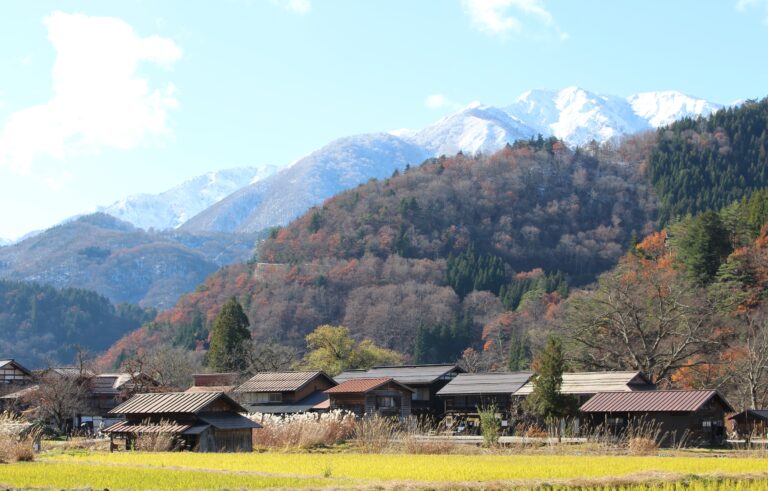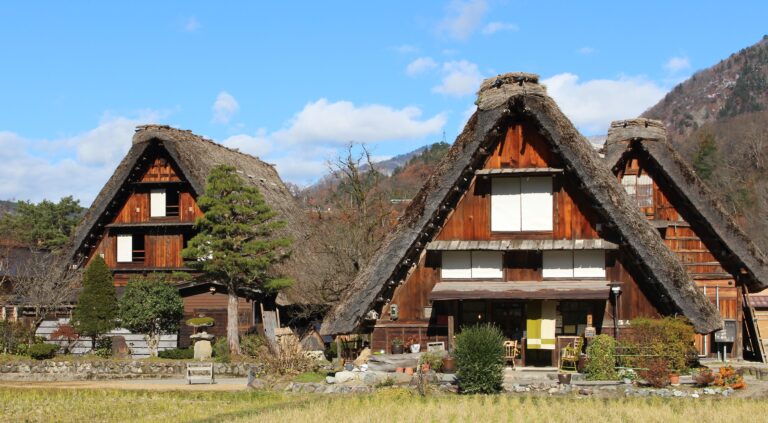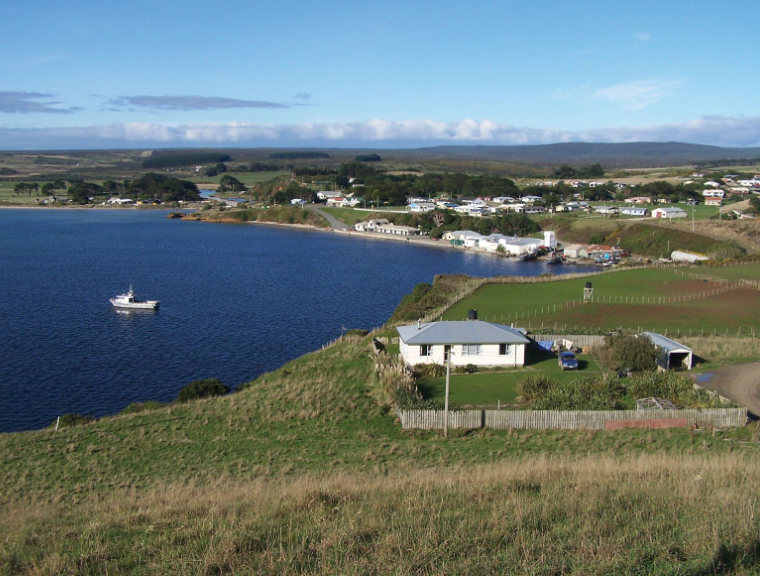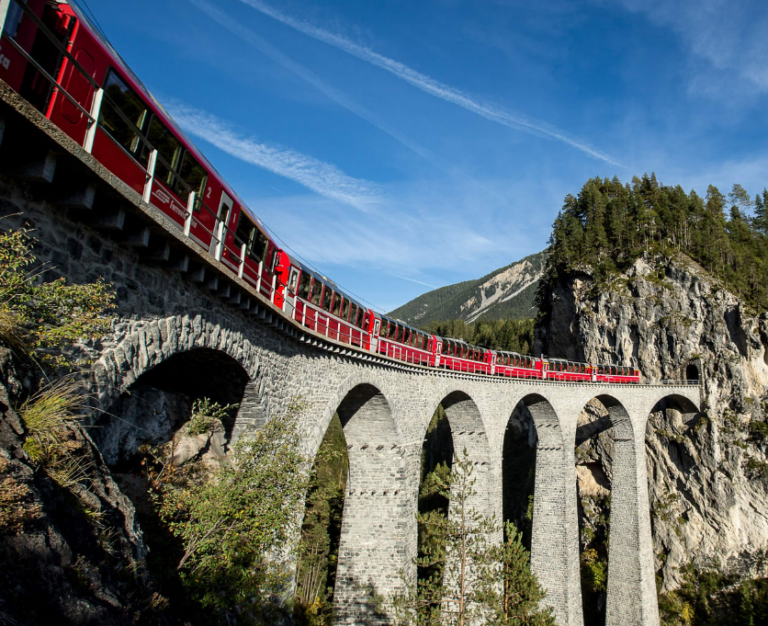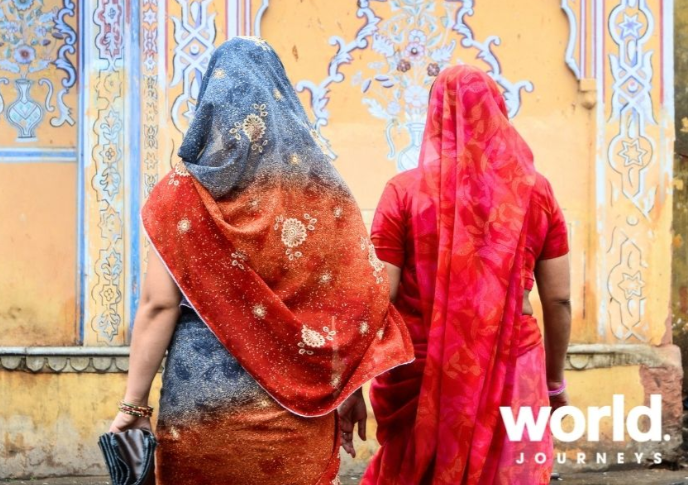Takayama and the surrounding area boast traditional architecture, opulent festivals and a range of the best mountains and onsen in Japan.
Widely considered Gifu’s crown jewel, Takayama is a fantastic destination surrounded by the scenic alpine countryside of the Japanese Alps. A destination in itself, Takayama is also an excellent base for one to explore the Japanese Alps and the surrounding Hida area.

